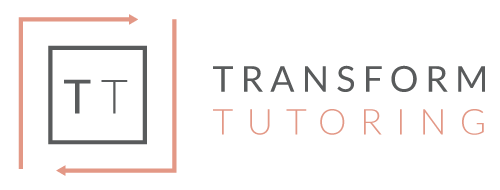It’s no secret that the cost of college is far from a bargain.
If you’re planning to front the bill you can expect to pay about $80,000 – $90,000 over 4 years if you live in state and $150,000 – $200,000 out of state for public schools. That cost rises even higher for private and prestigious schools. These costs are significant and it is in the student/family’s best interest to seek any avenues possible to ease the burden of cost.
Case Study: University of Iowa
- In state student (Tuition, supplies, transportation, fees and expenses) approximately $92,000 over 4 years
- Out of state student (Tuition, supplies, transportation, fees and expenses) approximately $180,000 over 4 years
So how can a student reduce this financial load?
Outside of loans and money from family, the most accessible and impactful savings come from scholarships. There are a variety of scholarships students can apply for within and outside of the college that can help pay for school, and students should be active in the application process during their senior year.
“That said, the scholarships that will have the biggest impact tend to be the ones students receive directly upon admissions. These scholarships can sometimes focus on financial need and background, but they are typically centered around academic achievement and test scores.”
- Having an impressive resume of AP courses and a strong GPA play a role in qualification and many students possess the requirements in these areas to be a candidate for the automatic dollars.
- The one area that seems to move the needle most is standardized test scores. For example, if you’re an Iowa Resident applying to The University of Iowa and have a 3.8 GPA a score of 27 on the ACT automatically qualifies you for $10,000. But if you increase that to a 30 on the ACT, that jumps to $20,000. Moving to a score of 33 takes you all the way to $34,000. This type of impact from test scores can be seen across many colleges all over the country. Some even more substantial than this example provided. Because of this, students looking for financial assistance may want to start with raising their ACT scores.
What is the ACT?
The ACT is a college readiness exam that is offered roughly every 2 months that covers English/Math/Reading/ and Science subjects. Students can pay a small fee (roughly $30-$50) to sign up and take it for a few hours on a set Saturday selected by ACT Inc. This test is used as a way for colleges to understand how prepared a student is for the next level and measure if they’re a good fit for their institution. The test also plays a role in acceptance into college and scholarship distribution. It is an often overlooked area of academics in terms of its importance to the logistics of attending college.
So what can students do to improve their score and better position themselves for financial assistance?
If they’re already meeting GPA, course load, and activity requirements, then preparing intensively to maximize standardized test scores would be a focus area. Students can do this by purchasing a study guide and working through it. They can also focus their class selection around areas featured on the exam. To really tackle this though, students should consider a training program online or with a tutor/coach. An intense ACT prep program can really raise test scores in a short period of time. It can be an investment as the price is not minimal, but the return can be 10 fold when benchmarks are met. If your student is close to a scholarship cut off you may want to seriously consider this option.

